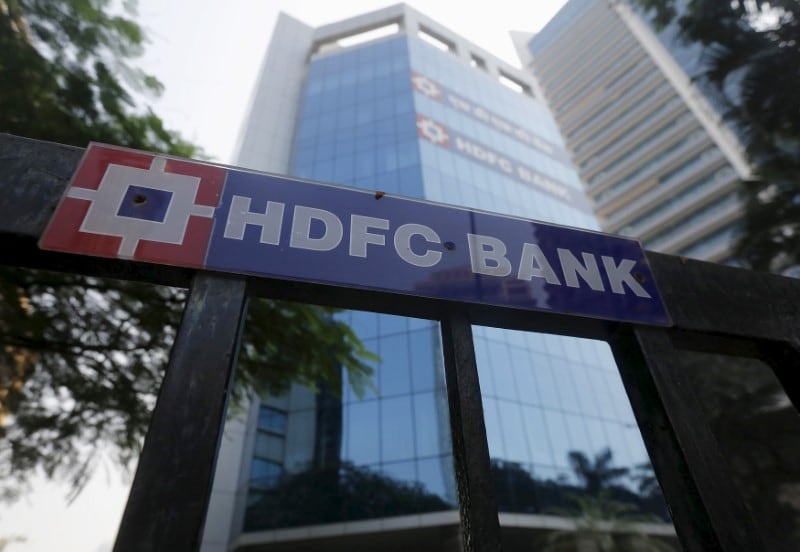View | ESG impact in M&A transactions

KV Prasad Jun 13, 2022, 06:35 AM IST (Published)
 Listen to the Article (6 Minutes)
Listen to the Article (6 Minutes)
Summary
ESG considerations are likely to impact the M&A industry in more ways than one. For instance, as per Kearney’s 2022 M&A report, there is an increasing M&A trend of companies acquiring new businesses to support their ESG goals.
Environmental, Social and Governance parameters (more popularly termed as “ESG”) are becoming the holy trinity of impact investing. Globally and in India, ESG is receiving much-deserved attention as a holistic and critical non-financial parameter to assess a target’s bottom line and its long-term value proposition. Recent research studies indicate the trend towards ESG integration in investment decisions and deal valuations.
In our view, ESG considerations are likely to impact the M&A industry in more ways than one. For instance, as per Kearney’s 2022 M&A report, there is an increasing M&A trend of companies acquiring new businesses to support their ESG goals. 35 percent shifting their portfolio towards an ESG focus, 85 percent of executives are acquiring nascent technologies to enable ESG, and 75 percent are divesting businesses unfit for ESG goals.
In this article, we list below a few key considerations which impact ESG deal-making:
- Target selection, valuation, and risk assessment
An ESG-aligned target can deliver long-term value and allow the capitalisation of synergies with companies having compatible ESG profiles. Companies with higher ESG scores have shown to have lower systemic risk exposure and cost of capital, thereby, translating into higher valuations. A target with robust processes resulting in energy efficiency or the use of renewables offers opportunities for decreasing operating costs and is an attractive option for many ESG-aligned investors.
Also Read: View | The emerging era of credible ESG reporting
ESG risk assessment requires evaluating the target’s industry performance against clear metrics relating to the reduction of carbon emissions, energy usage, water consumption, etc. However, this is a customisable list, and much would depend on the industry that the relevant target operates in. For example, social and governance considerations such as employee welfare, diversity and inclusion, data privacy and board processes may be more highly weighed for non-manufacturing companies.
- ESG-specific due diligence
There is a rising focus on ESG-specific legal and financial due diligence which involves identifying ESG risks and opportunities and assessing their impact. From a legal perspective, the key focus continues to remain on corrupt business practices, governance-related non-compliances, labour law violations, environmental non-compliances, cybersecurity threats, data privacy, diversity and inclusion, grievance redressal processes and quality of ESG reporting.
- Risk mitigation measures used in deal documentation
In deal documentation, ESG warranties that are aimed at ensuring adequate ESG policies, supply chain sustainability, absence of ESG incidents and workplace harassment, etc. may be included in addition to legal and tax warranties. For example, standard warranties relating to compliance with applicable law, the status of assets, accounts, book-keeping, privacy and environmental safety may be included in tandem with the ESG-specific warranties. While, general and specific indemnities are typically used to address legal and business risks; given that ESG risks are generally more difficult to quantify, there may often be a challenge with optimal risk coverage for ESG-related concerns. That said, investors are usually more mindful of conducting materiality assessments for ESG-related risks and may seek flexibility to alter valuations based on material risks. This reinforces the criticality of pre-acquisition ESG due diligence and its impact on deal valuations.
- Inorganic Expansion and focus on renewables
Many sectors are working on reducing their carbon footprint and ensuring adequate capital is invested in renewables. Organisations are also using inorganic growth to fuel their ESG goals and commitments to achieve decarbonisation, depolymerisation or increasing biodiversity. Recent industry news shows that companies are divesting fossil-based assets and moving to non-fossil-based assets through acquisitions of suitable targets, which would ultimately help achieve their goals faster by offsetting their existing carbon footprint.
Also Read: Here’s how technology impacts the environment and what the big IT firms are doing to reduce it
The 2022 Davos World Economic Forum also emphasised the criticality of ESG strategies and energy transition projects. After the United Nations Conference on Climate Change held in Glasgow in November 2021 (COP26), companies are implementing plans to reduce CO2 emissions to limit global temperature rises to 1.5°C above pre-industrial levels. Globally, the climate is being prioritised with a push towards clean technology, sustainable agriculture, food security and protecting biodiversity. Governments are issuing green and social bonds to incentivise adherence, urging corporates to move towards net-zero supply chains, recycling operations, energy efficient tools and reducing GHG emissions. India has also committed to the “Panchamrita” at the COP26 which includes, amongst others, meeting 50 percent of its energy requirement from renewables by 2030.
ESG integration post deal completion remains a critical aspect of M&A and can often be the determining factor for investors. Integration efforts must be sensitive to existing ESG processes to ensure that the company’s combined ESG profile is not adversely impacted. The focus should be placed on business continuity and human capital including management and employee retention and preservation of employee morale. During the integration, the value should be derived through stakeholder consultation, harmonising ESG targets and consolidation of the company’s ESG infrastructure.
Following advances already made in the European Union and other developed nations, India is on its way to developing a robust ESG-centric business environment. The need of the hour is to ensure data symmetry, robust reporting mechanisms and enhanced governance. That the regulators have put ESG in focus is evident from our very own sustainable reporting framework, called the Business Responsibility and Sustainability Reporting framework (BRSR) which is mandated by the SEBI from FY 2022-23 for the top 1000 listed companies (by market capitalisation). SEBI has also set out the regulatory framework for the issuance of listed green debt securities. Apart from this, we see enhanced corporate governance norms, regulation of influencers such as proxy advisors and various incentives to give a boost to India’s ESG commitments. The 2022 budget proposed setting up of thematic funds in India to mobilise funding toward sustainable development goals, which is a clear testimony that ESG has swung from a mere branding theme to a vital consideration in the M&A transactions. Though the transition is emerging gradually, the shift will continue steadily in the coming year.
-The author Suhana Islam Murshedd is Partner and Achint Kaur is Counsel at Khaitan & Co. The views expressed are personal.

Elon Musk forms several ‘X Holdings’ companies to fund potential Twitter buyout
3 Mins Read
Thursday’s filing dispelled some doubts, though Musk still has work to do. He and his advisers will spend the coming days vetting potential investors for the equity portion of his offer, according to people familiar with the matter

KV Prasad Journo follow politics, process in Parliament and US Congress. Former Congressional APSA-Fulbright Fellow










 Listen to the Article
Listen to the Article  Daily Newsletter
Daily Newsletter















